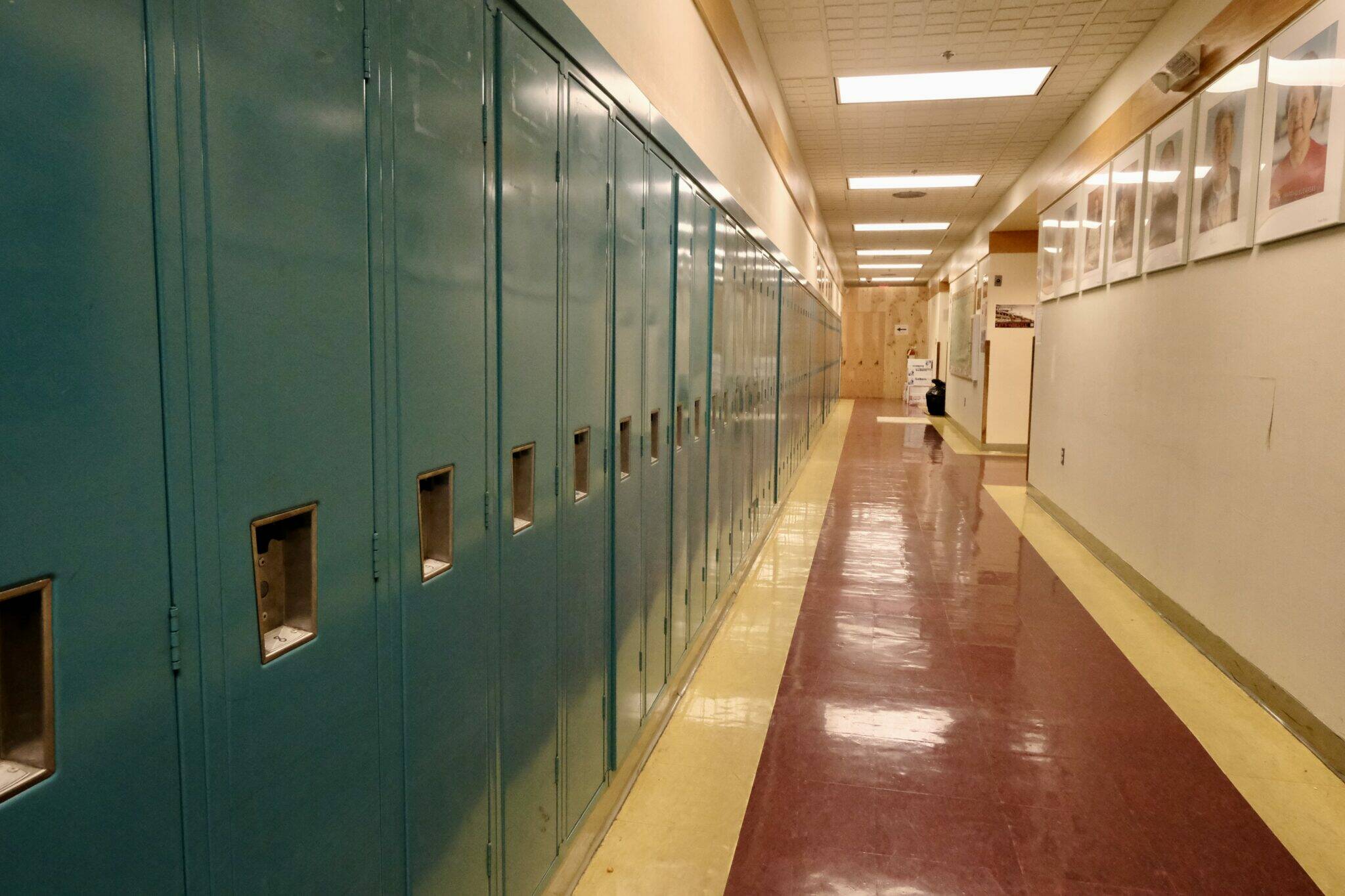An article in the latest issue of the Alaska Department of Labor and Workforce Development’s magazine outlines the data behind shrinking teacher wages in Alaska.
Dunleavy administration staff stopped the publication of the article last month, which was slated to be the cover article. It was published in this month’s issue, but not as a cover article and with a different headline, after reporting from multiple news outlets and op-ed pieces from current and former Labor Department leaders who expressed their discontent with what they said was censorship and suppression of state data.
The new framing of the article is gentler: The headline went from “Teachers’ shrinking wage advantage” to “How teachers’ wages compare,” but little in the article itself changed at all.
The numbers bear out what teachers and education advocates have said for years: Alaska’s teacher wages have dropped and it is the only state in the country without a defined pension for teachers.
Between the 1980s and the 1990s, Alaska lost much of its competitive pay advantage, or pay premium, which has hovered closer to the average national pay since. New teachers now make less over the course of their careers — educators who started careers in fiscal year 2012 earned roughly $2,000 per year less than those who did 10 years before — and the state is losing teachers faster than it can hire them.
The report comes as Alaska school districts report problems hiring teachers. Earlier this year, Dunleavy vetoed half of a $175 million one-time boost to education funding that was approved by the Legislature.
• Claire Stremple is a reporter based in Juneau who got her start in public radio at KHNS in Haines, and then on the health and environment beat at KTOO in Juneau. This article originally appeared online at alaskabeacon.com. Alaska Beacon, an affiliate of States Newsroom, is an independent, nonpartisan news organization focused on connecting Alaskans to their state government.

